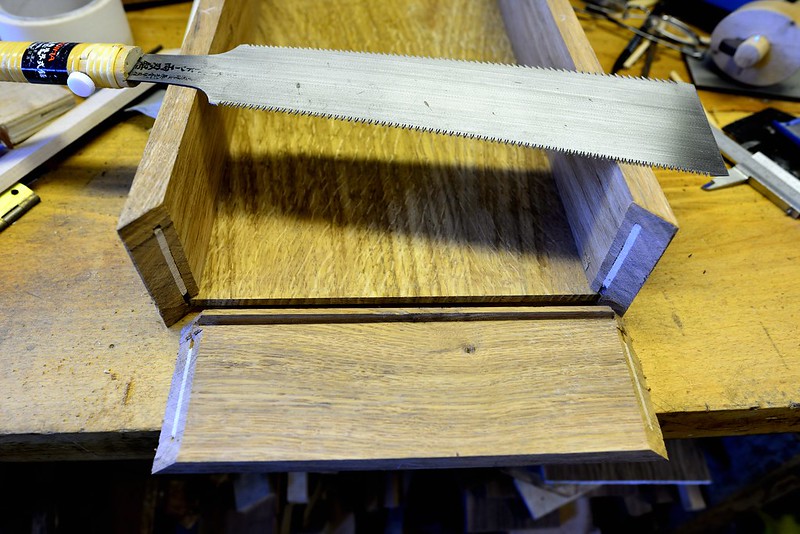Well, I've now watched the Roy Underhill video - not for the first time, either. To add to my embarrassment, I have the very same book he refers to, so I have now looked properly at Plate 44 in it. 
On a more positive note, I do seem to have slowly been approaching the sort of mushroom shape he was making. 8)
I could even do the morse taper trick he demonstrates as my lathe has a similar headstock and I have a suitable reamer if I wanted to have a tapered hole to fit it into. It's one little aspect of the long discussion we had about hand tool efficiency. Clearly, "back in the day" a tapered hole all the way through was acceptable, quick and effective. But this piece is a bit more of a Sunday job - planed and finished on all surfaces - so I will probably go for a tidier looking blind hole and a closely fitting parallel tenon. I'm not planning to keep the table anywhere damp, so I think the glue will hold well enough.
On a more positive note, I do seem to have slowly been approaching the sort of mushroom shape he was making. 8)
I could even do the morse taper trick he demonstrates as my lathe has a similar headstock and I have a suitable reamer if I wanted to have a tapered hole to fit it into. It's one little aspect of the long discussion we had about hand tool efficiency. Clearly, "back in the day" a tapered hole all the way through was acceptable, quick and effective. But this piece is a bit more of a Sunday job - planed and finished on all surfaces - so I will probably go for a tidier looking blind hole and a closely fitting parallel tenon. I'm not planning to keep the table anywhere damp, so I think the glue will hold well enough.





















































































